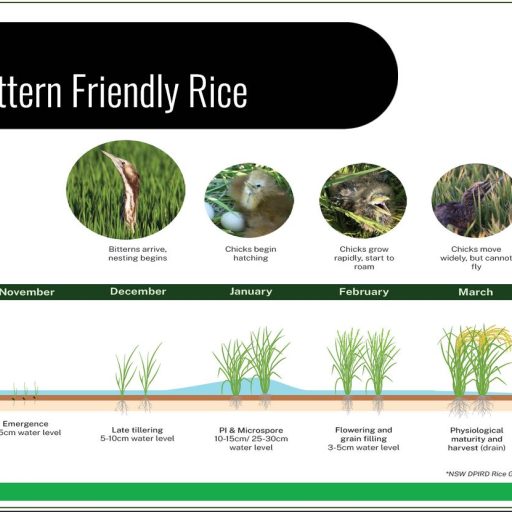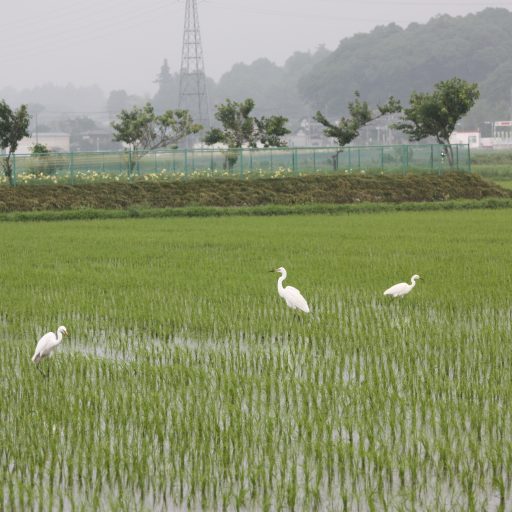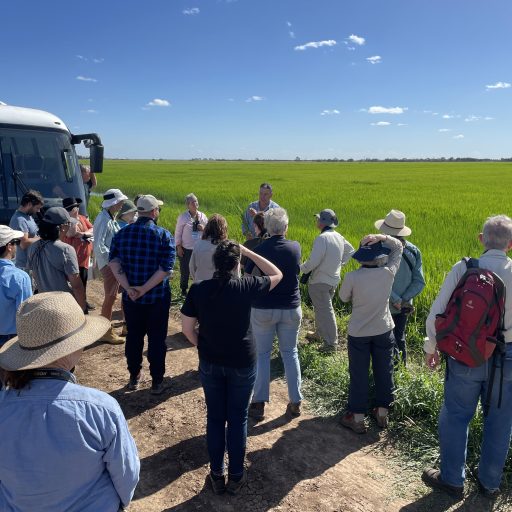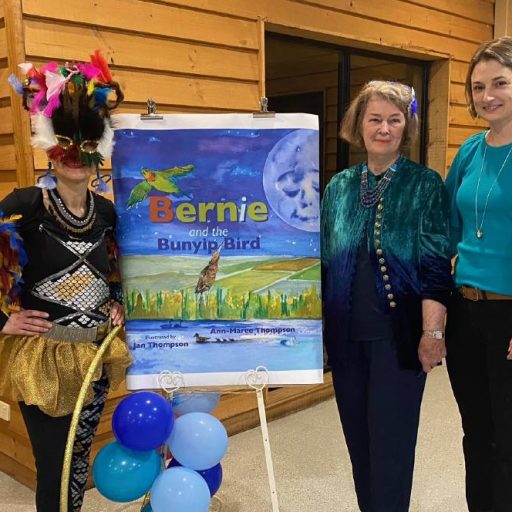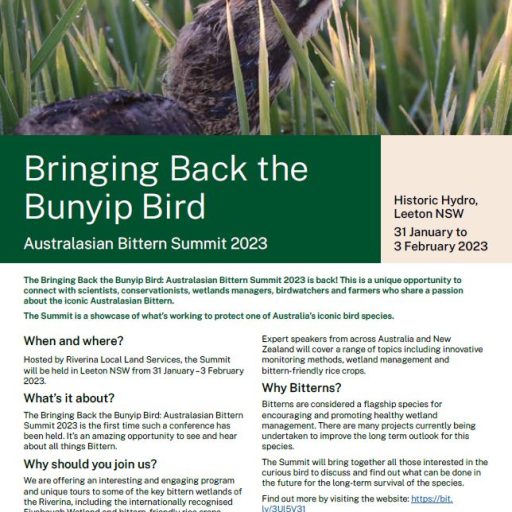














1
+ days ponding time facilitates successful breeding.
1
Bitterns supported by Riverina rice fields in most years.
1
hectares in Riverina LLS Bittern-friendly incentives.
The Australasian Bittern is a rarely seen, poorly known and endangered waterbird.
Since 2012, we have been uncovering the well guarded secrets of Australia’s Bunyip Bird – the endangered Australasian Bittern – and raising awareness of its plight.
We now know that the rice fields of the New South Wales Riverina support the largest known breeding population of the species, with 500-1000 mature individuals in most years. Remarkably, this represents about 60% of the national population and 40% of the global total.
Latest News & Updates
You must be logged in to post a comment.

